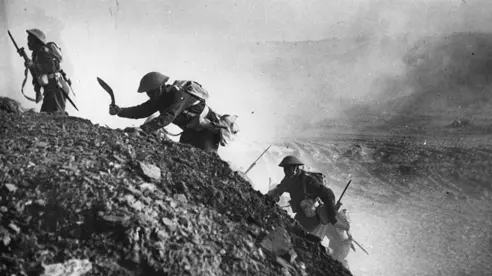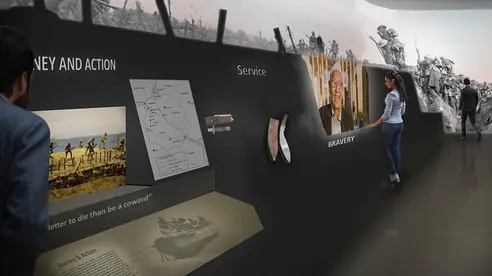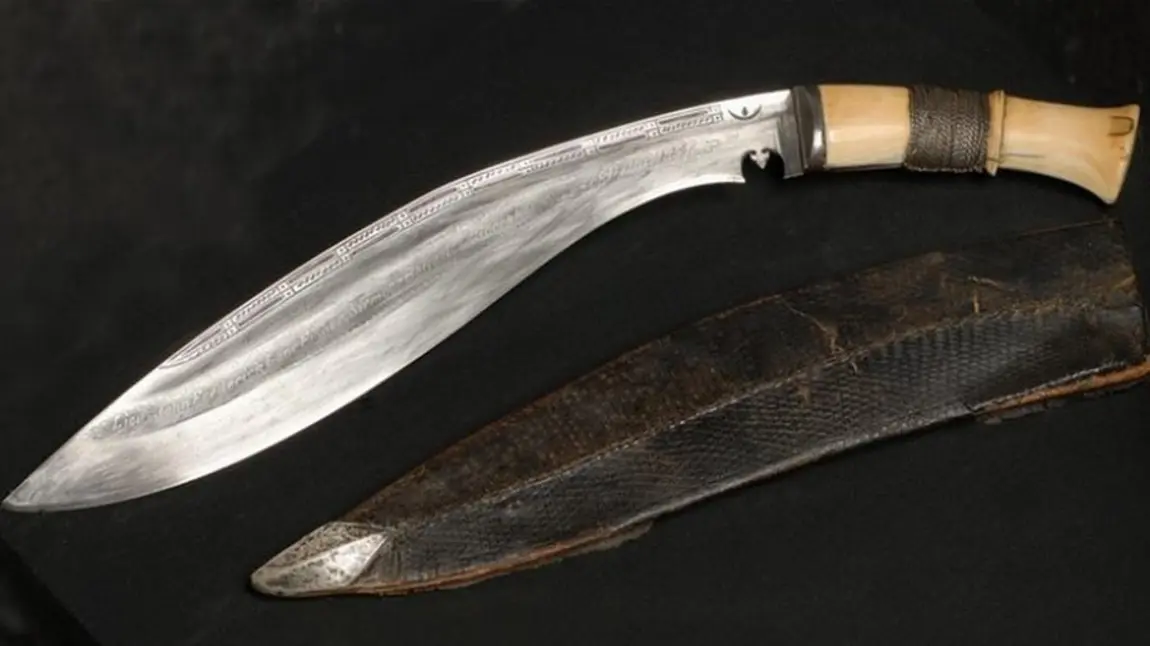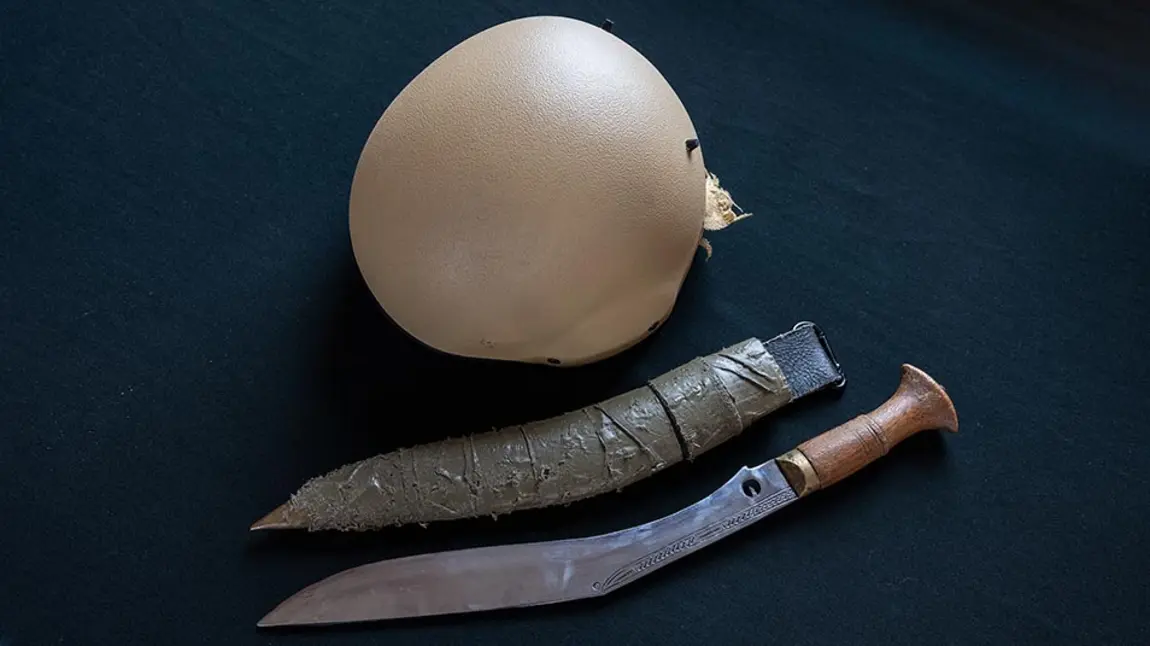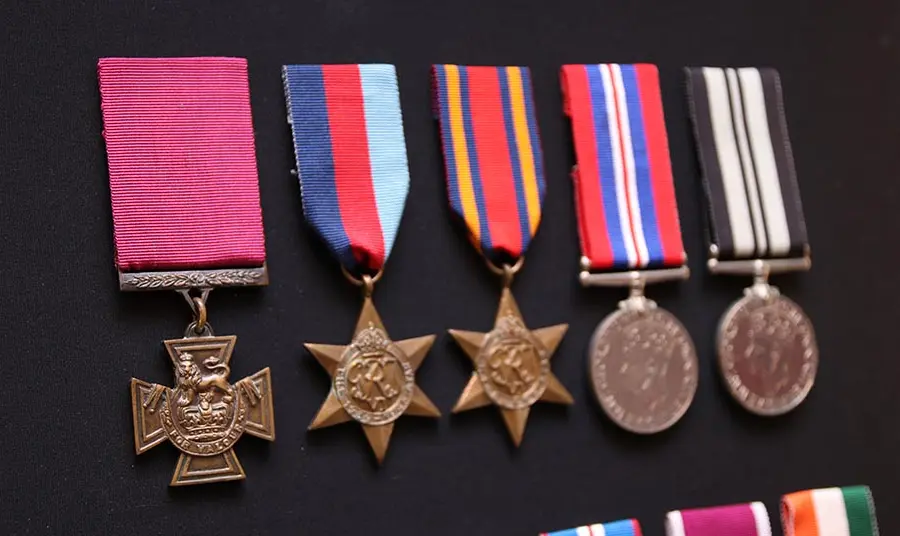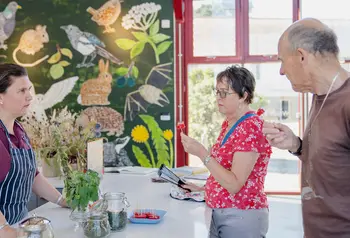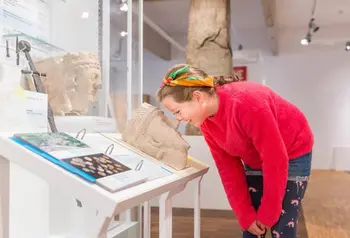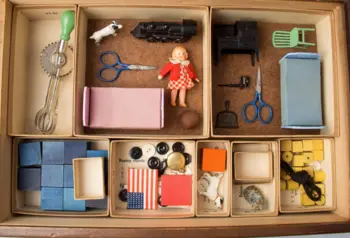Battlefield bonds: sharing the heritage of Nepal and the UK’s military partnership
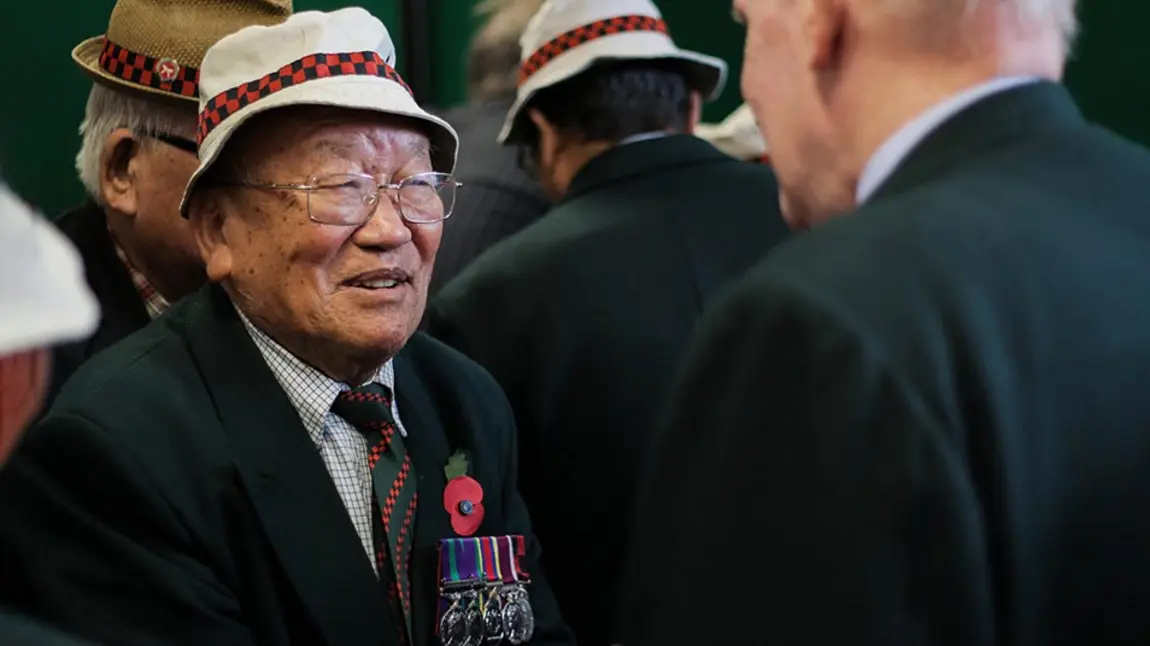
For over 200 years, Gurkha soldiers have been recruited in their homeland, Nepal, to serve in the British Army. Their actions have earned them the reputation of being among the finest soldiers in the world.
Central to what it means to be a Gurkha soldier is kaida, काइदा, the Nepali word for a unique blend of heritage, customs and ethos, coupled with a forward-looking mindset.
Kaida is at the root of the Gurkhas’ success. It has also inspired the name of The Gurkha Museum’s vision to reimagine and reimagine how the Museum tells the Gurkhas’ stories. Project Kaida received National Lottery funding begin work in June 2023.
Starting a museum interpretation project
Project Kaida will strip out, redesign, reinterpret and refit the museum's two floors of public galleries.
It will place a greater emphasis on the Gurkha soldier, their family and their achievements within British society.
As the project gets underway the museum is consulting with the Gurkha and Nepali communities and scoping how to gather oral histories and digitise their collections.
Success in these initial stages will mean the museum can fulfil long-held ambitions to collect and preserve more Gurkha heritage and celebrate these inspiring stories with an ever-broader range of people.
Mrs Sudha Rai, Trustee of The Gurkha Museum Trust, says:
"The money and support from The National Lottery Heritage Fund is hugely significant for the global Gurkha and Nepali communities. Our specific kaida is fundamental to our distinct and enduring cultural and historical legacy.
"We have stories we need to share to a wider audience and the redevelopment of The Gurkha Museum, Project Kaida, will allow us to do this.”
The Gurkha Museum Trust, की Trustee, Mrs Sudha Rai को भनाई:
National Lottery Heritage Fund को रकम र सहयोि र्वश्वव्यापी रुपमा छररएका िोखािलीहरु रनेपाली समुदायका लार्ि र्नकैमहत्वपूर्ि छ। यसलेWinchester को Gurkha Museum र्भत्र सुरर्क्षत “अर्ितीय िोखािलीहरुको इर्तहासलाई” अझ बढी उजािर िनि मद्दत पुर्याउनेछ । सैन्य िुर् िोखािलीहरूको अर्भन्न अंि हो र्वशेषत हाम्रो काम िनेआफ्नैतौर तररका अर्न र्वशेष खापको काइदा नै, हाम्रो पृथक पर्हचान, स्थायी सांस्कृर्त र ऐर्तहार्सक र्वरासतको आधार हो। हामीसाँि प्रशस्त कथाहरू छन्जस्लाई हामीलेव्यापक श्रोताहरू माझ पुर्याउनुआवश्यक छ, अर्न Gurkha Museum, “Project KAIDA” को पुनर्विकासलेहामीलाई यो िनिअनुमर्त प्रदान िनेछ ।
Dr Daren Bowyer, Director of The Gurkha Museum says: “We are in the very early stages of beginning our project and working with the Heritage Fund team, but it’s already apparent to us that this is the start of a productive relationship. We feel we have been welcomed into a transformational relationship based on common shared values, a shared plan, and a shared vision for the difference we can make to heritage.”
Iconic objects and human stories
Project Kaida will use more of the museum's 30,000 objects and archives to share stories and memories that show the crossover of the Gurkhas’ cultural and military heritage.
The fighter and their weapon
A khukuri is the weapon and utility knife issued to every Gurkha soldier, recognisable by its distinct curved broad blade. It is the national weapon of Nepal and is synonymous with Gurkha legends. The museum holds over four hundred khukuris, including ones that are over 150 years old, modern military examples and the khukuri seen in the film ‘The Hunger Games’.
Lieutenant Fisher, a British officer in a Gurkha unit, and Rifleman Tuljung, a Gurkha soldier, are separated by nearly two centuries. Nevertheless, they both typify the kaida, bravery and weapon-handling skills needed by those serving with the Gurkhas.
Bonds of brotherhood
Gurkha soldiers’ unofficial motto is कॉतर भएर बॉच्नु भन्दा मर्नु राम्रो which roughly translates as ‘better to die than live a coward’. It is not surprising that Gurkhas have been awarded thousands of medals for selfless acts of bravery. The Gurkha Museum holds over 1,700 medal sets, but just two are needed to show the Gurkhas’ fighting ethos and the enduring bond between the men who fight alongside each other.
The medals of Allmand and Tulbahadur
Captain Michael Allmand and Rifleman Tulbahadur Pun came from different backgrounds: Captain Allmand was the son of a London university professor, while Rifleman Tulbahadur was born in an isolated hill village in western Nepal. They served together during the Second World War, including on a mission behind Japanese lines in occupied Burma as part of the force known as the Chindits. In June 1944 their battalion took part in an attempt to capture the city of Mogaung.
Captain Allmand and Rifleman Tulbahadur both fought at the assault of the Mogaung railway bridge, and both were awarded the Victoria Cross for their actions. Leading from the front and exhorting his men to follow him, Captain Allmand was killed while eliminating a machine gun nest, aged just 20 old. Rifleman Tulbahadur single-handedly seized a key Japanese defensive position named the Red House after almost the whole of his section was killed in crossfire.
Captain Allmand and Rifleman Tulbahadur's medals were donated by their families to The Gurkha Museum on the condition they are always displayed alongside each other.
Creating a lasting legacy
Project Kaida, rooted in the shared heritage between the UK and Nepal, is taking an ambitious approach to transforming how the Gurkhas’ living heritage is presented by a museum. Inspired by the Gurkhas’ unique way of doing things, this project will ensure The Gurkha Museum can engage new audiences far into the future.
Planning your heritage project
Take a look at our good practice guidance on creating interpretation, oral histories or planning a digitisation project.
